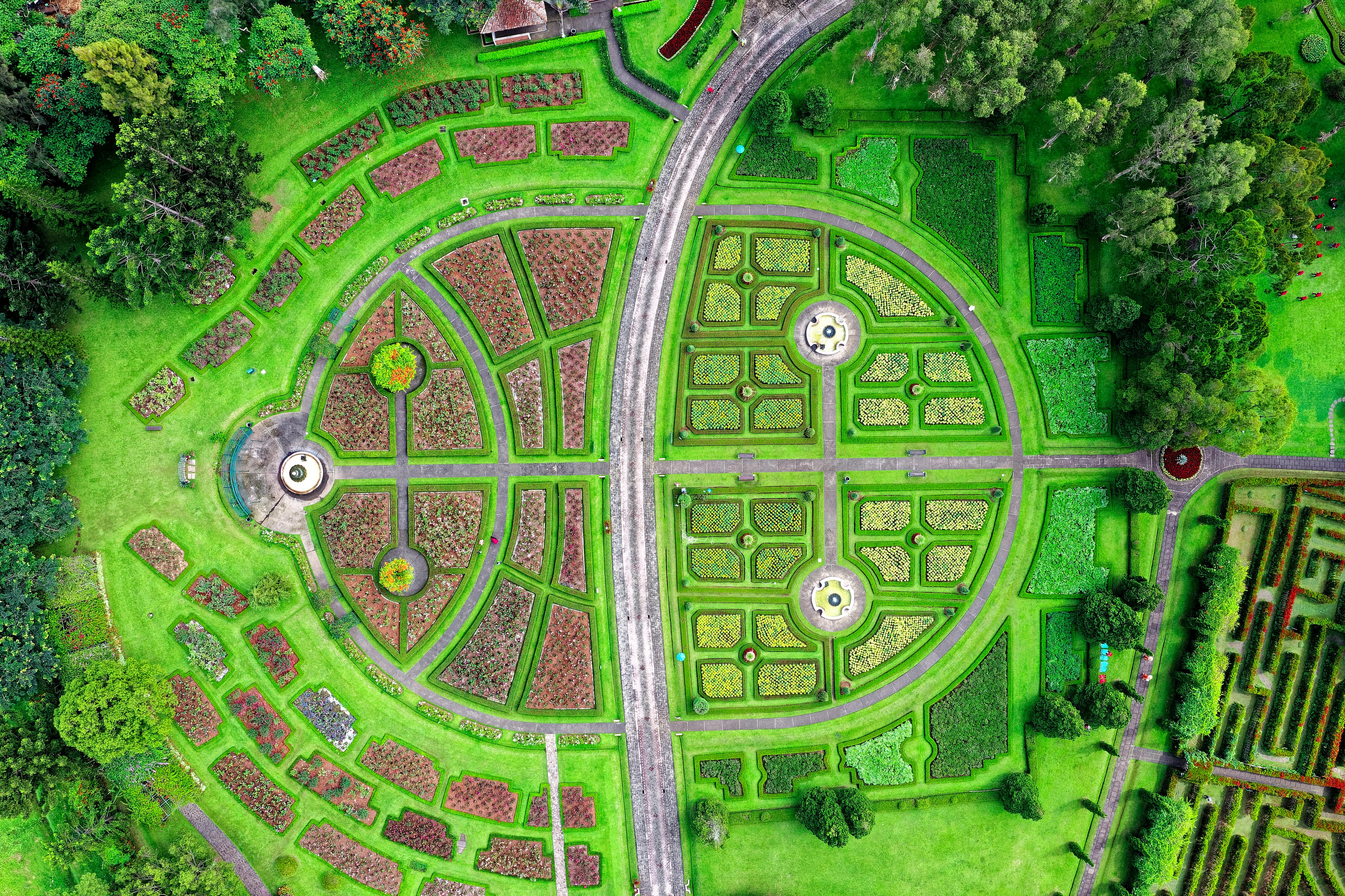Gardena Gartenplaner: Your Ultimate Garden Design Tool
Creating and managing a beautiful garden can often feel overwhelming. Fortunately, the Gardena Gartenplaner simplifies this process by providing users with an intuitive and comprehensive platform for garden planning. Whether you’re a seasoned green thumb or a novice gardener, this tool offers a range of features that can help you transform your outdoor space into a flourishing sanctuary. In this article, we’ll explore the key benefits, tips for effective gardening, and how the Gardena Gartenplaner can enhance your gardening experience.
Understanding the Gardena Gartenplaner Features
The Gardena Gartenplaner is designed to assist gardeners in visualizing and planning their garden layouts effectively. Its user-friendly interface allows for custom configurations, making it adaptable for any space. With features such as drag-and-drop plant placement, **garden design templates**, and detailed plant information, you can easily create a layout that matches your style and preferences. This tool empowers gardeners to experiment with various designs before committing, ensuring a garden that thrives.
Creating Your Garden Layout
One of the standout features of the Gardena Gartenplaner is its ability to create customized garden layouts. Users can begin by selecting measurements for their garden space and then utilize the drag-and-drop functionality to position plants, paths, and furniture. For example, if you want to create a flower bed, you can select from a library of plants, which details their growth requirements and aesthetics. This functionality not only helps visualize the garden but also ensures that plants are placed in optimal positions for sunlight and water intake.

Accessing Plant Information
Every gardener knows the importance of understanding the plants they’re working with. The Gardena Gartenplaner provides extensive details about each plant, including its sunlight requirements, watering needs, and seasonal growth patterns. This level of detail supports informed choices, reducing the chances of plant failure due to incompatibility with local conditions. For instance, if you’re planning to introduce perennials into a shady area, you can easily filter through plants that thrive in low-light conditions, ensuring your garden flourishes year-round.
Enhancing Your Gardening Experience with Technology
The integration of technology into gardening is revolutionizing the way we care for our outdoor spaces. Tools like the Gardena Gartenplaner not only provide practical design solutions but also seamlessly combine planning and maintenance features. By keeping track of your garden’s needs, the gardener can maintain optimal plant health while minimizing effort and labor. This modern approach to gardening caters to the busy lifestyles of today’s homeowners, allowing for an enjoyable experience rather than a laborious task.
Managing Watering and Maintenance
One essential aspect of garden management is ensuring sufficient watering and maintenance schedules. The Gardena Gartenplaner facilitates this by offering reminders for watering and tips for maintaining your plants’ health. Using the planner, you can set notifications based on your garden’s specific needs, making it easier to cultivate your plants without constantly worrying about their care. This feature is especially useful for those who may forget to water or need assistance tracking their gardening tasks.
Using Design Templates for Inspiration
If you’re unsure where to start, the Gardena Gartenplaner provides a suite of design templates that cater to various garden styles, from modern minimalist arrangements to traditional cottage gardens. These templates serve as a great launching pad, allowing you to modify existing designs to fit your unique preferences. For example, you might start with a template featuring a vegetable patch and adapt it by adding your favorite fruits and herbs, ensuring you customize your garden for your specific culinary interests.

Practical Tips for Effective Gardening
While the Gardena Gartenplaner is a powerful tool for visualizing and planning your garden, having effective gardening practices is equally important. Here are some practical tips to ensure your plants thrive alongside your planning efforts.
Soil Testing and Preparation
Before planting, it’s crucial to understand your soil’s composition. Conducting a soil test can reveal essential nutrient levels, pH, and texture. Based on the results, you can amend your soil with organic matter or fertilizers to create the ideal growing environment for your plants. A rich, well-balanced soil will not only support healthy plant growth but also enhance the design you’ve planned using the Gardena Gartenplaner, making your garden a thriving ecosystem.
Consistent Weeding and Pest Management
Regular weeding and pest control are key to maintaining a healthy garden. Weeds compete with your plants for nutrients and water, while pests can cause significant damage. By using your planning tool to identify plant groupings, you can implement companion planting strategies. For instance, planting marigolds alongside vegetables can deter pests. Scheduled maintenance reminders from the Gardena Gartenplaner can help keep your garden in check, allowing you to address issues promptly.
Conclusion: Embrace the Future of Gardening
Incorporating the Gardena Gartenplaner into your gardening routine not only enhances your design capabilities but also promotes healthier and more sustainable gardening practices. By leveraging its extensive features, you can create a garden that is not only beautiful but also well-maintained and thriving. As we embrace technology in our everyday lives, it’s time to allow it to transform our gardens for the better. Start planning today for a more vibrant tomorrow!
FAQ
1. How does the Gardena Gartenplaner help with garden design?
The Gardena Gartenplaner assists with garden design through its user-friendly interface, allowing users to easily create custom layouts using drag-and-drop features. It provides templates, extensive plant information, and tools for optimal plant placement, ensuring that gardeners can visualize their designs effectively before planting.
2. Can I access information about specific plants using the Gardena Gartenplaner?
Yes, the Gardena Gartenplaner offers detailed information about various plants, including their growth requirements, sunlight needs, and watering tips. This feature helps you make informed decisions about which plants are best suited for your garden environment.
3. Is there a feature for scheduling maintenance tasks in the Gardena Gartenplaner?
Absolutely! The Gardena Gartenplaner includes a feature that allows you to set reminders for watering and other maintenance tasks. This helps ensure that your plants receive the care they need without overwhelming your schedule.
4. Can I use the Gardena Gartenplaner for any size garden?
The Gardena Gartenplaner is extremely versatile and can be used for gardens of all sizes. Whether you have a small balcony garden or a large backyard, the tool can adapt to your specific space requirements and help in maximizing your design.
5. Are there any free resources available to learn more about using the Gardena Gartenplaner?
Yes, Gardena offers tutorials and guides on their website to help users get the most out of the Gartenplaner. These resources are valuable for both beginners and advanced gardeners looking to enhance their gardening skills.
6. How can I optimize my garden layout using the Gardena Gartenplaner?
To optimize your garden layout, make use of the drag-and-drop functionality to test different configurations. Additionally, refer to the plant information provided, ensuring that you consider factors like sunlight, spacing, and compatibility when designing your garden.
7. What types of plants can I find in the Gardena Gartenplaner’s database?
The Gardena Gartenplaner features a wide variety of plants, including annuals, perennials, shrubs, and trees. Each entry includes specific details about the plant’s requirements, helping you select the best options for your garden environment.
